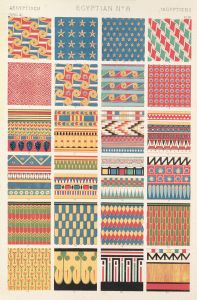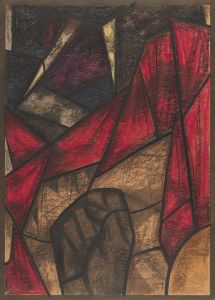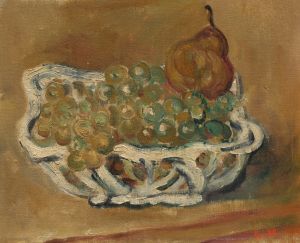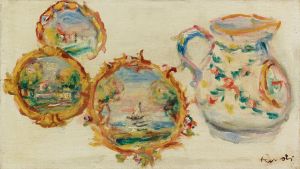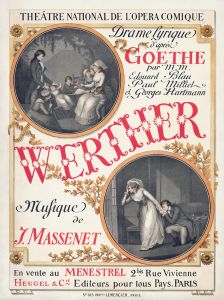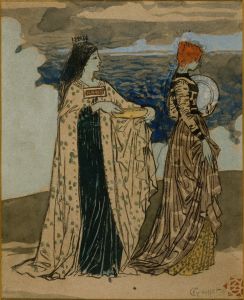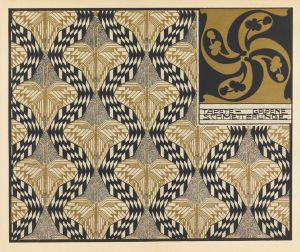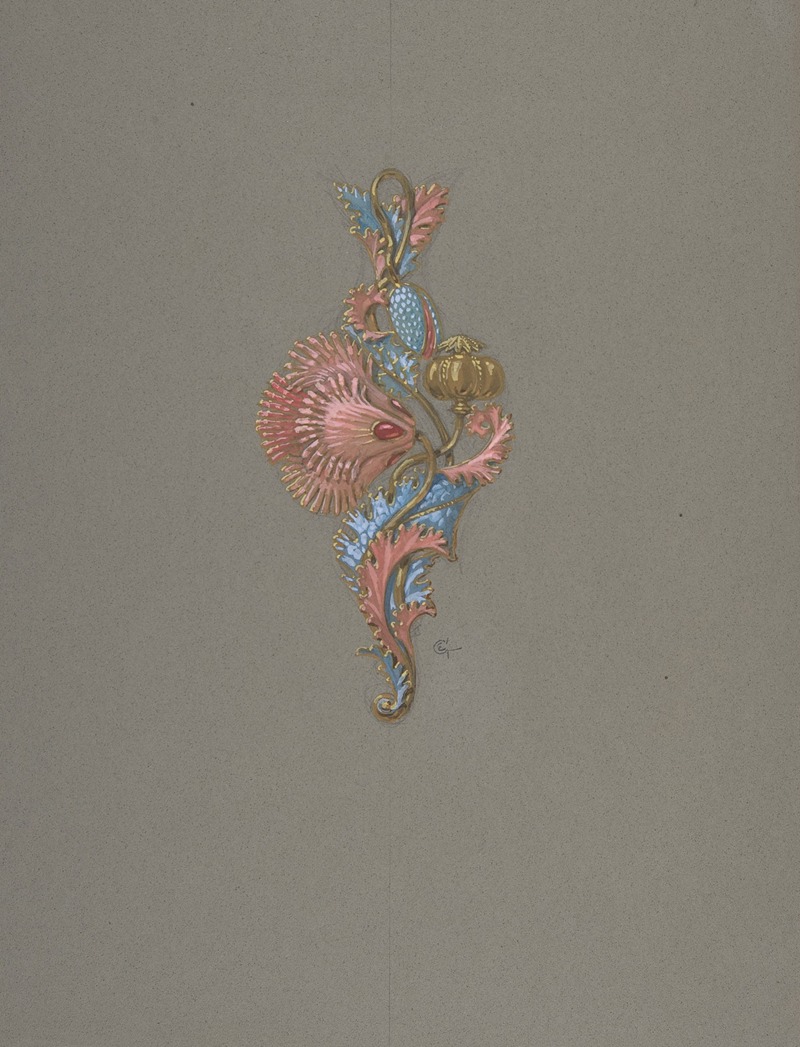
Design for a Pendant
A hand-painted replica of Eugène Grasset’s masterpiece Design for a Pendant, meticulously crafted by professional artists to capture the true essence of the original. Each piece is created with museum-quality canvas and rare mineral pigments, carefully painted by experienced artists with delicate brushstrokes and rich, layered colors to perfectly recreate the texture of the original artwork. Unlike machine-printed reproductions, this hand-painted version brings the painting to life, infused with the artist’s emotions and skill in every stroke. Whether for personal collection or home decoration, it instantly elevates the artistic atmosphere of any space.
"Design for a Pendant" is a watercolor and gouache artwork created by the Swiss-born artist Eugène Grasset (1845–1917), a prominent figure in the Art Nouveau movement. This design, created in the late 19th century, exemplifies Grasset's mastery in combining decorative arts with fine art principles, showcasing his innovative approach to jewelry design.
The artwork features a detailed and symmetrical design for a pendant, characterized by its intricate floral and organic motifs, which are hallmarks of the Art Nouveau style. Grasset's use of soft, flowing lines and harmonious color palettes reflects his deep appreciation for nature and his ability to translate its forms into elegant, wearable art. The pendant design incorporates elements such as flowers, leaves, and possibly gemstones, arranged in a balanced composition that emphasizes both beauty and functionality.
Eugène Grasset was a versatile artist who worked across various mediums, including graphic design, illustration, and decorative arts. He is often credited with helping to define the visual language of Art Nouveau, a movement that sought to break away from historical styles and embrace modernity through the use of natural forms and innovative techniques. Grasset's designs, including "Design for a Pendant," were influential in shaping the aesthetics of the late 19th and early 20th centuries.
This particular work is a testament to Grasset's skill as a designer and his ability to merge artistic creativity with practical application. While the pendant design may not have been realized as an actual piece of jewelry, it remains an important example of his contribution to the decorative arts and his role in the development of Art Nouveau.
The artwork is part of the collection of the Cooper Hewitt, Smithsonian Design Museum in New York City, which houses a significant number of Grasset's works. It serves as a valuable resource for understanding the evolution of design during a transformative period in art history.





